Delaware River of the Year
Pennsylvania’s 2025 River of the Year is the Delaware River! This honor was announced by the Pennsylvania Department of Conservation and Natural Resources (DCNR) and the Pennsylvania Organization for Waterways and Rivers (POWR) following a public vote. The Delaware River holds historical, cultural, and recreational importance for millions and played a vital role in the American Industrial Revolution.
When we look at the Delaware River today, we see the same river as the indigenous peoples who lived on its shores. We see the same river as William Penn and the first Quaker settlers, and as Isaac Chapman, who surveyed the river in 1826. The river has looked the same for so long because it is undammed. In fact, the Delaware is the longest free-flowing river east of the Mississippi. The main channel, from Hancock, NY to Delaware Bay, is 330 miles long. The Delaware River Watershed spans over 13,500 square miles and covers four states: New York, Pennsylvania, New Jersey, and Delaware.
This is not to say that there were never intentions to “improve” the river in the past. An act of the legislature in March 1771 declared the “rivers Delaware and Lehigh… Neshaminy Creek… and of the stream called Lechawaxen (Lackawaxen)” to be common highways, and able to be improved for the navigation of those rivers. In the early 1820s, Josiah White, one of the builders of the Lehigh Navigation, designed a plan for a series of wing dams and locks on the Delaware River that would have deepened the river and allowed larger boats to travel farther upstream. Ultimately, the plan was thwarted by the state of New Jersey, whose western boundary is the middle of the river.
Nevertheless, the Delaware River was put to use in the 19th century by three different canal systems. The river supplied water for the Delaware Canal, Delaware & Raritan Canal, and Delaware & Hudson Canal, aiding in the transportation of coal and other materials to markets in Philadelphia and New York City. On the Delaware Canal, water was lifted from the river in New Hope via a water wheel, designed and built by Lewis Coryell and Josiah White. It was also in New Hope where canal boats were ferried across the Delaware River to and from the Delaware & Raritan Canal in Lambertville, NJ. This put boats in the D&R feeder canal, a 22-mile-long waterway carrying water from the Delaware River to the main branch of the D&R in Trenton, NJ. A third feeder canal, for the Delaware & Hudson Canal, was located near the present location of the Roebling Aqueduct in Lackawaxen, Pa. Before the aqueduct was built, this was the original path of the D&H, and after the aqueduct altered the canal path, the feeder remained.
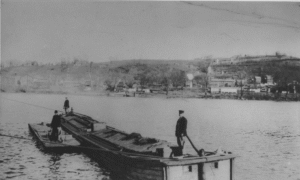
The most recent effort to alter the Delaware River came in 1962, when Congress authorized the construction of the Tocks Island Dam—a flood control project just upstream from the Delaware Water Gap that would have also supplied water to New York City. Environmental protest was vehement, and eventually the project was abandoned. Dams on the branches of the Delaware in upstate New York have provided New York City with water since the 1950s. After the cancellation of the Tocks Island project, the land that had been acquired by the government was transferred over to the National Park Service and made part of the Delaware Water Gap National Recreation Area. In 1978, 73 miles of the Upper Delaware River and 40 miles of the Middle Delaware River were designated as part of the National Wild and Scenic River System. The Lower Delaware River was added in 2000, making a total of 153 miles of the Delaware River federally designated as part of the National Wild and Scenic River System, ensuring it remains in free-flowing condition forever. The Delaware River’s latest recognition as Pennsylvania’s 2025 River of the Year reaffirms its significance as a historical, cultural, and recreational treasure.
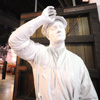
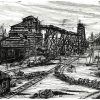
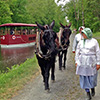


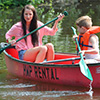

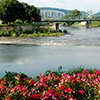

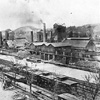
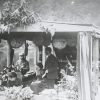
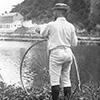


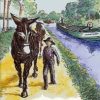

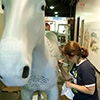
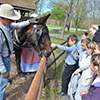

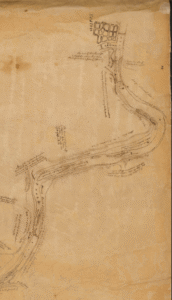
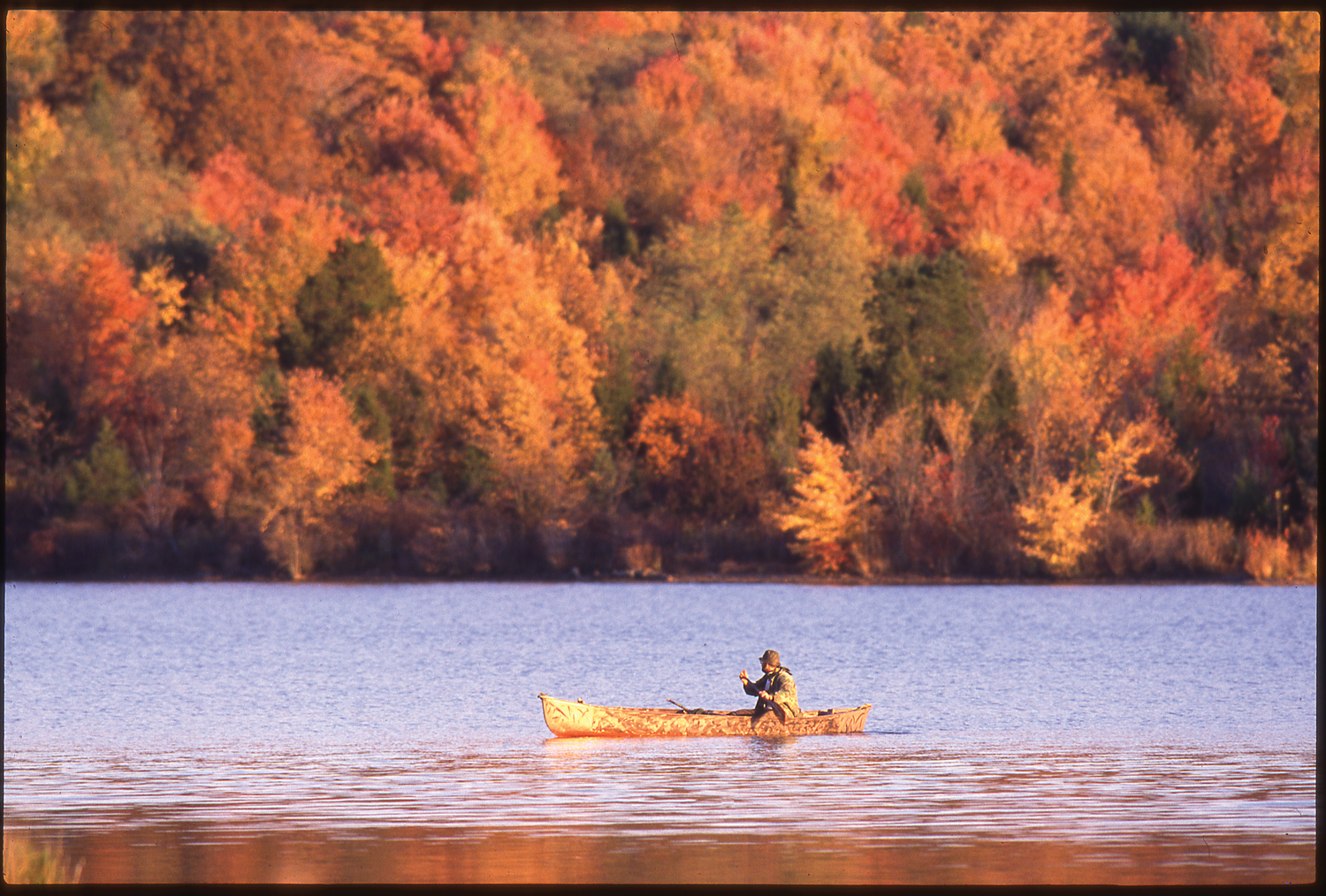
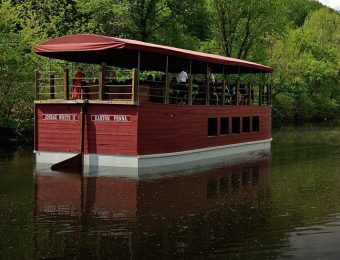
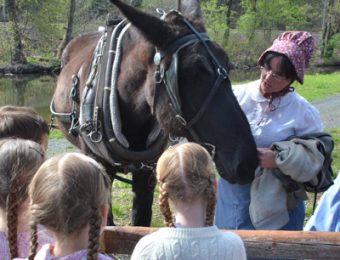

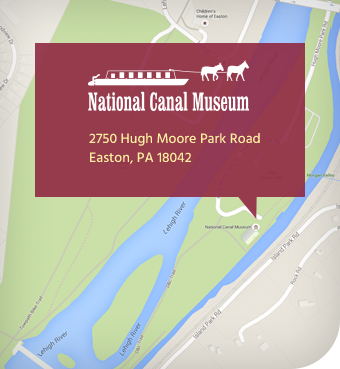
Join the Conversation!